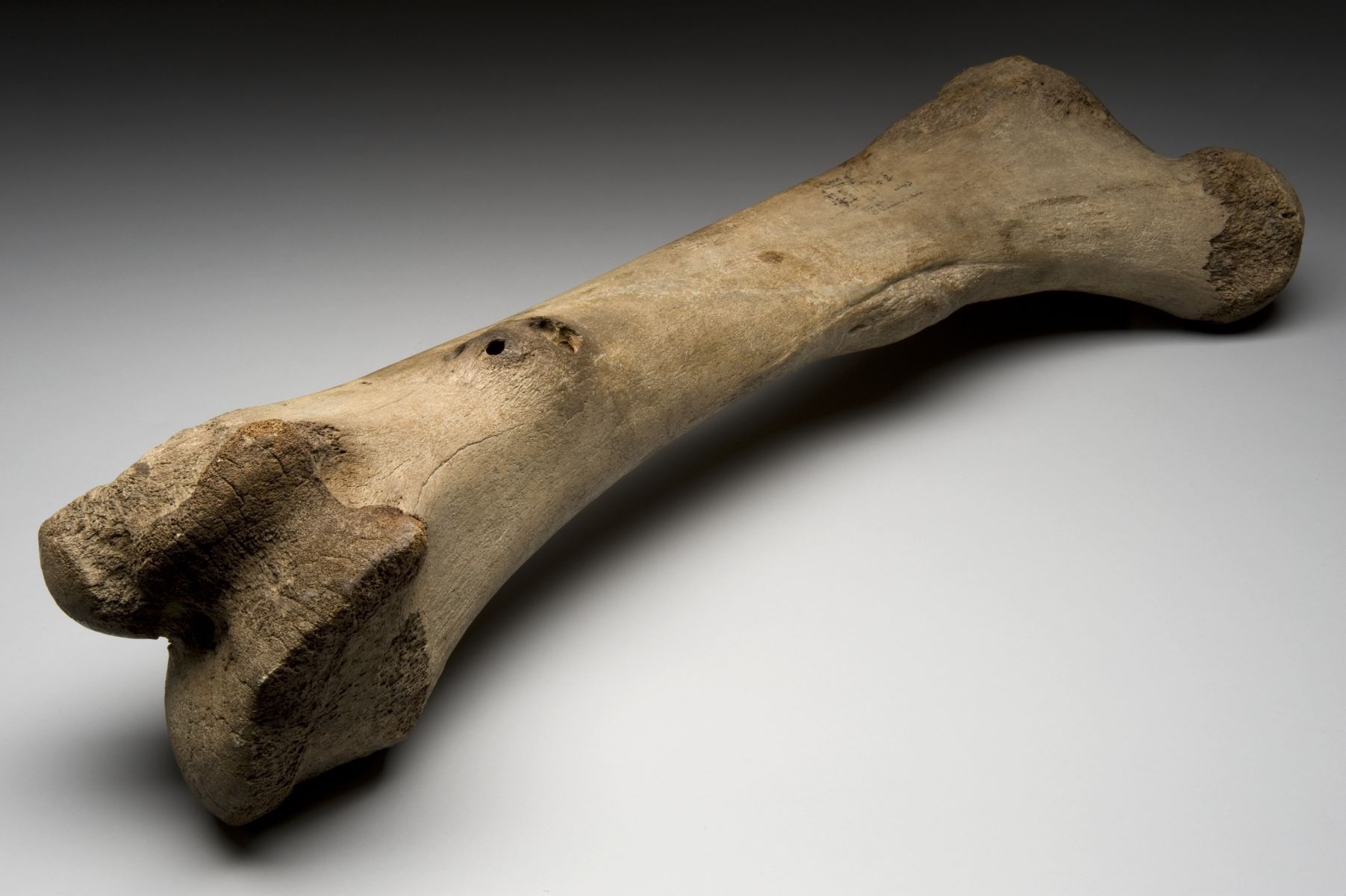
Camurati–Engelmann disease is a rare genetic disorder that affects bones, causing them to become overly dense and thick. This condition, also known as progressive diaphyseal dysplasia, can lead to pain, muscle weakness, and difficulty walking. Symptoms often appear in childhood and can vary widely among those affected. Diagnosis typically involves genetic testing and imaging studies like X-rays. Treatment focuses on managing symptoms, as there is no cure. Understanding this disease is crucial for those affected and their families. Here are 25 facts to help you learn more about Camurati–Engelmann disease.
What is Camurati–Engelmann Disease?
Camurati–Engelmann Disease (CED) is a rare genetic disorder that affects the bones. It causes abnormal bone growth, leading to pain and other complications. Here are some intriguing facts about this condition.
-
Genetic Origin: CED is caused by mutations in the TGFB1 gene, which plays a role in bone growth and development.
-
Autosomal Dominant Inheritance: This disease follows an autosomal dominant pattern, meaning only one copy of the mutated gene is needed for a person to be affected.
-
First Described in 1922: The condition was first documented by Italian radiologist Ugo Camurati and later by German physician Engelmann.
-
Prevalence: CED is extremely rare, with fewer than 300 cases reported worldwide.
-
Symptoms: Common symptoms include bone pain, muscle weakness, and fatigue.
How Does Camurati–Engelmann Disease Affect the Body?
CED primarily impacts the long bones of the arms and legs, but it can also affect the skull and spine. Here are some specific ways it manifests.
-
Bone Thickening: The disease causes the bones to thicken, which can lead to pain and difficulty moving.
-
Muscle Weakness: Due to the abnormal bone growth, muscles may become weak and less functional.
-
Fatigue: Chronic pain and muscle weakness often result in severe fatigue.
-
Gait Abnormalities: Many individuals with CED develop a distinctive way of walking due to bone and muscle issues.
-
Hearing Loss: Thickening of the skull bones can sometimes lead to hearing problems.
Diagnosis and Treatment
Diagnosing CED can be challenging due to its rarity. However, there are specific methods and treatments available.
-
Radiographic Imaging: X-rays and other imaging techniques are crucial for diagnosing CED, revealing characteristic bone changes.
-
Genetic Testing: Confirming the diagnosis often involves genetic testing to identify mutations in the TGFB1 gene.
-
Pain Management: Pain relief is a primary focus, often involving medications like NSAIDs.
-
Physical Therapy: Regular physical therapy can help maintain muscle strength and improve mobility.
-
Surgical Interventions: In severe cases, surgery may be necessary to correct bone deformities.
Living with Camurati–Engelmann Disease
Managing daily life with CED requires a comprehensive approach. Here are some aspects to consider.
-
Regular Monitoring: Frequent check-ups with healthcare providers are essential to monitor the progression of the disease.
-
Support Groups: Joining support groups can provide emotional and practical support for those affected.
-
Adaptive Devices: Using devices like braces or walkers can help improve mobility.
-
Diet and Nutrition: A balanced diet rich in calcium and vitamin D supports bone health.
-
Mental Health: Addressing mental health is crucial, as chronic pain and disability can lead to depression and anxiety.
Research and Future Directions
Ongoing research aims to better understand and treat CED. Here are some promising areas.
-
Gene Therapy: Scientists are exploring gene therapy as a potential treatment to correct the underlying genetic mutation.
-
New Medications: Research is ongoing to develop new drugs that can more effectively manage symptoms and slow disease progression.
-
Clinical Trials: Participating in clinical trials can provide access to cutting-edge treatments and contribute to scientific knowledge.
-
Patient Registries: Establishing patient registries helps researchers collect data and identify patterns in the disease.
-
Awareness Campaigns: Raising awareness about CED can lead to earlier diagnosis and better support for those affected.
Final Thoughts on Camurati–Engelmann Disease
Camurati–Engelmann Disease, though rare, impacts many lives. Understanding its symptoms, genetic basis, and treatment options can help those affected manage their condition better. Early diagnosis and medical intervention are crucial for improving quality of life. Genetic counseling offers valuable support for families dealing with this condition. While there’s no cure yet, ongoing research brings hope for future advancements. Staying informed and connected with support groups can make a significant difference. Remember, knowledge is power, and being aware of the facts can lead to better outcomes. If you or someone you know is affected, don’t hesitate to seek professional advice and support.
Was this page helpful?
Our commitment to delivering trustworthy and engaging content is at the heart of what we do. Each fact on our site is contributed by real users like you, bringing a wealth of diverse insights and information. To ensure the highest standards of accuracy and reliability, our dedicated editors meticulously review each submission. This process guarantees that the facts we share are not only fascinating but also credible. Trust in our commitment to quality and authenticity as you explore and learn with us.


